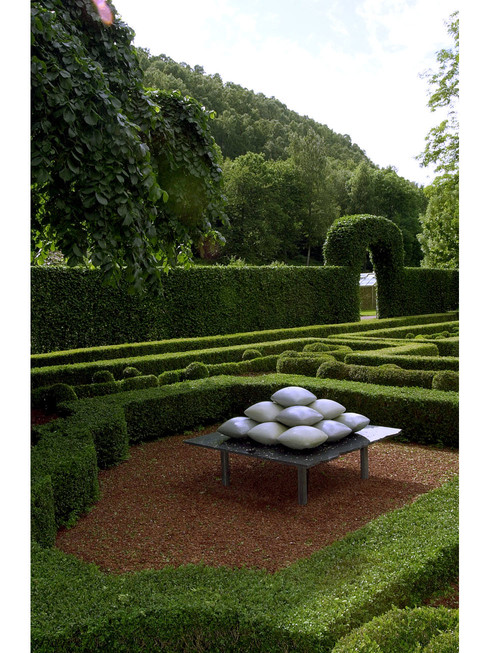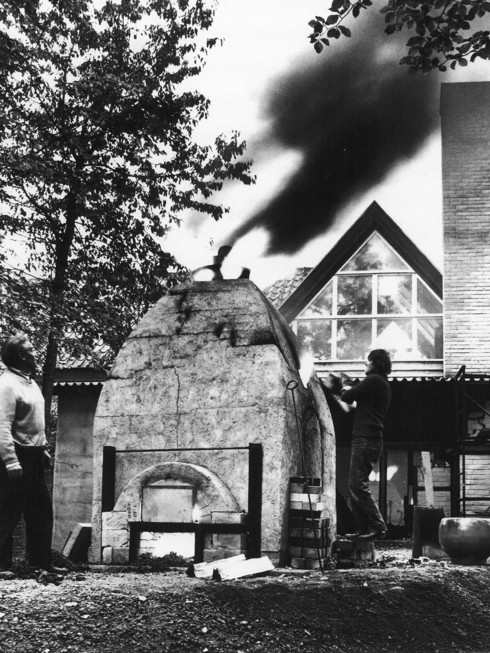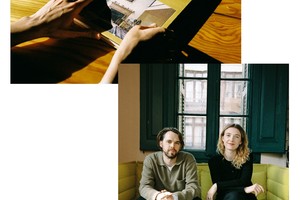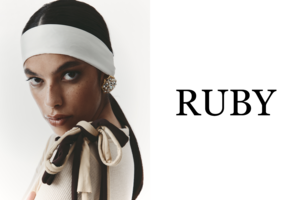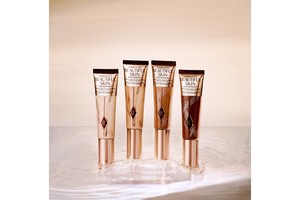Pillow Talk at Sven-Harrys Konstmuseum
Written by Fashion TalesThe artists Ulla Kraitz and Gustav Kraitz
- a love that brings art to life with fire
The pillow is a key element in the autumn exhibition Pillow Talk at Sven-Harrys Konstmuseum, which opens on 29 August. This sculptural volume reflects the hard and the soft – symbolising the Kraitz couple’s experiences of joys and sorrows in life. The years of hardship as a forced labourer in the Soviet coal mines taught Gustaf Kraitz to find unexpected places where he could rest his head. Ulla Kraitz constantly revisits the origin of life in her artistic practice, in the form of embryos and pregnant women. Here, the mother’s soft breasts symbolise the first pillow and security in life.
Gustav Kraitz was released nearly 70 years ago from a prison camp in the former Soviet Union, where he had shuffled coal for five years bent over on his knees. Today, he is 92 and still shuffles fuel, but “for his own pleasure”. This summer, Gustav fires what may be his last ceramic works in the kiln outside his studio and home in Skåne. The works, created with his partner, the artist Ulla Kraitz, will be shown at Sven-Harrys Konstmuseum this autumn. The exhibition also features, for the first time in 20 years, a composition painted by Ulla Kraitz on the theme of life.
Ulla Kraitz is a painter and sculptor. She attended the Konstfack University College of Arts, Crafts and Design, before continuing her studies in Spain. Gustav Kraitz studied at the Academy of Art in Budapest, but fled to Sweden in 1956, during the Hungarian uprising. In 1960, before they knew each other, Gustav and Ulla exhibited together at a gallery in Stockholm; they married later the same year. For nearly six decades, they have lived and worked side by side in Förslöv, Skåne – two artists with separate identities, united by art and their indefatigable interest in ceramic materials and techniques. They have shown their work together all over the world, at museums, in sculpture parks and public spaces.
The quest for the same glazes as the Chinese masters in Song dynasty’s golden era of ceramics (960–1279 CE) has been a source of passion and life-long experimenting for both. And yet, they have never sought to copy; with untiring exploration, they have mastered the technique, developed it and made it their own. To get the glaze right, Gustav built a kiln based on Chinese models. The firing method is demanding and requires constant stoking.
“You have to be dedicated to want to work like this. It’s tough and you need to fight, and not many people are prepared to do that,” says Ulla.
“We’ve chosen what is perhaps the most difficult method,” says Gustaf, “but it’s the one that gives the best results.”
_________________________________________________________
Selected public works:
“Blue Train” play sculpture in Södertälje, 1977.
“Hope” monument to Raoul Wallenberg, UN Headquarters, New York, 1998.
“Stoneware Apple” outside the De Young Museum in San Francisco, 2003.
“Birgit Nilsson”, monument in Båstad, 2013.
“Blue Dragon”, Roosevelt Island, New York, 2016.

